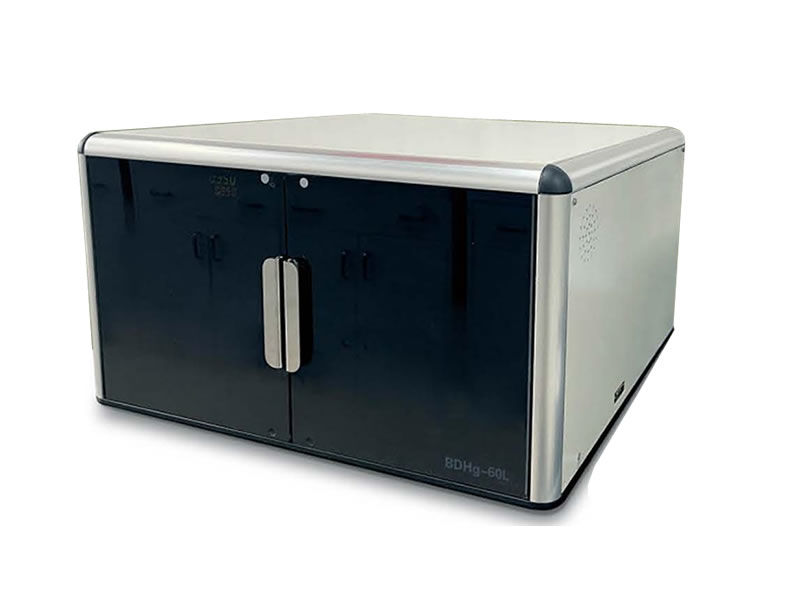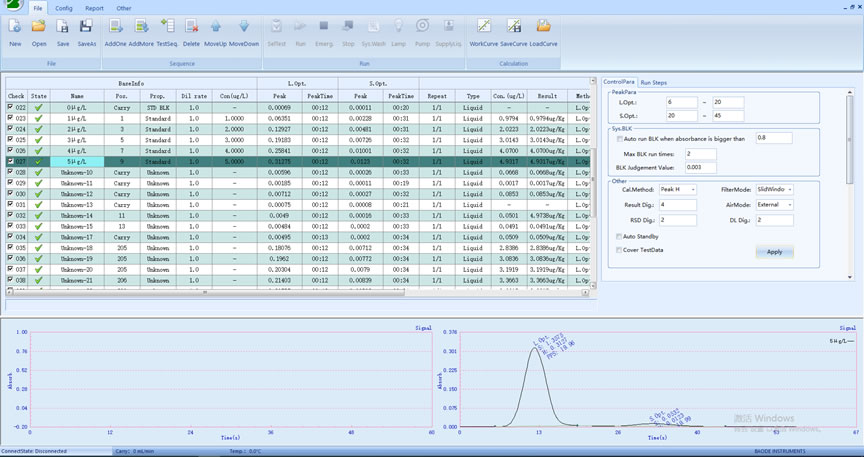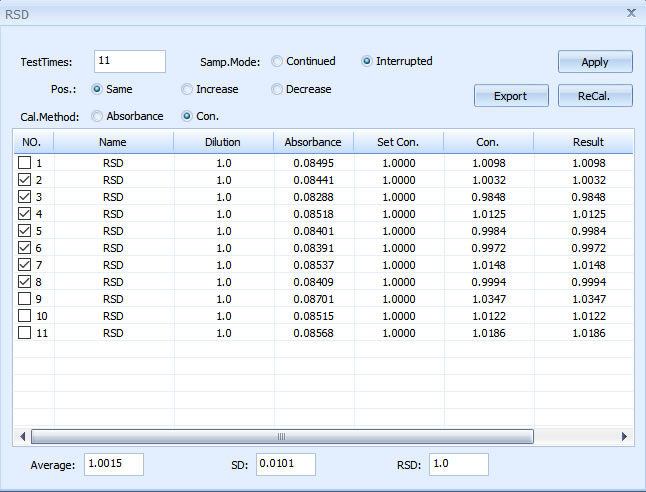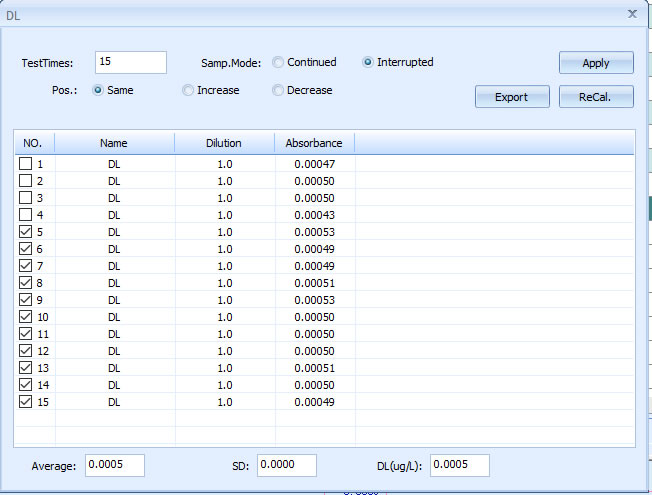
Working principle
All mercury contained in the sample is converted into divalent mercury after digestion, and stannous chloride is used to reduce the divalent mercury into metallic mercury. The response value is measured at a wavelength of 253.7 nm. So mercury content is proportional to the response value.
Application:
It is suitable for testing the mercury content in water, soil, biological samples, alloys and gas samples in different fields such as environment, geological and mining industries, disease prevention and control, etc.
Characteristic
Ø A single sample test takes less than 2 minutes, special samples can be inserted or deleted at any time, and infinite loop testing is possible.
Ø Equipped with a selective mercury enrichment device, which improves the detection sensitivity.
Ø Constant-temperature double absorption cell design, which can meet the accurate detection of low concentrations and achieve a wider measurement range.
Ø Multi-stage gas-liquid separation and semiconductor condensation water removal device, the system water removal effect is better and the mercury memory effect is smaller
Ø Software with real-time monitoring of instrument status and sample detection status; real-time online automatic integration processing of measurement data.
Ø It has the switching function of built-in and external gas sources to meet different laboratory requirements.
Ø With single-point preparation of standard curve and automatic dilution of samples beyond the linear range, the test is faster and more accurate.
Technical indicators
Ø Detection limit: 0.001μg/L
Ø Measuring range: 0 -300μg/L
Ø Correlation coefficient R>0.999
Ø Precision (RSD) ≤1%
Ø Measurement speed < 2min/sample
Ø The sampling volume is 5mL. The instrument parameters can be adjusted to meet the injection requirements of different volumes.
Main interface

RSD


Detection Limit


Last:No Data